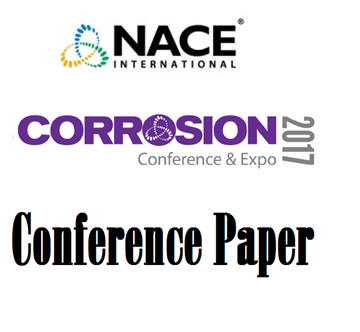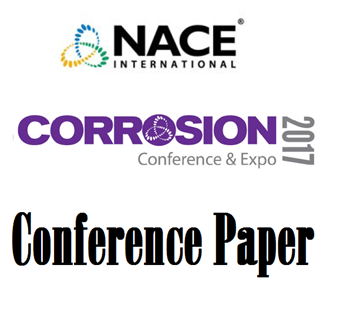Search
Optimizing Wallpaper Cladding Repair of WFGD Air Pollution Control Systems in the Power Industry
Also Purchased
Non-Metallic Piping Systems for Corrosive Fluid Processing
Product Number:
51317--9121-SG
ISBN:
9121 2017 CP
Publication Date:
2017
$20.00
Failures of Brass Components in Water and Steam Systems
Product Number:
51317--9123-SG
ISBN:
9123 2017 CP
Publication Date:
2017
$20.00
The Pitting Behavior of Austenitic and Duplex Stainless Steels Under SO2 Environments with Cl- And F
Product Number:
51317--9241-SG
ISBN:
9241 2017 CP
Publication Date:
2017
$20.00




